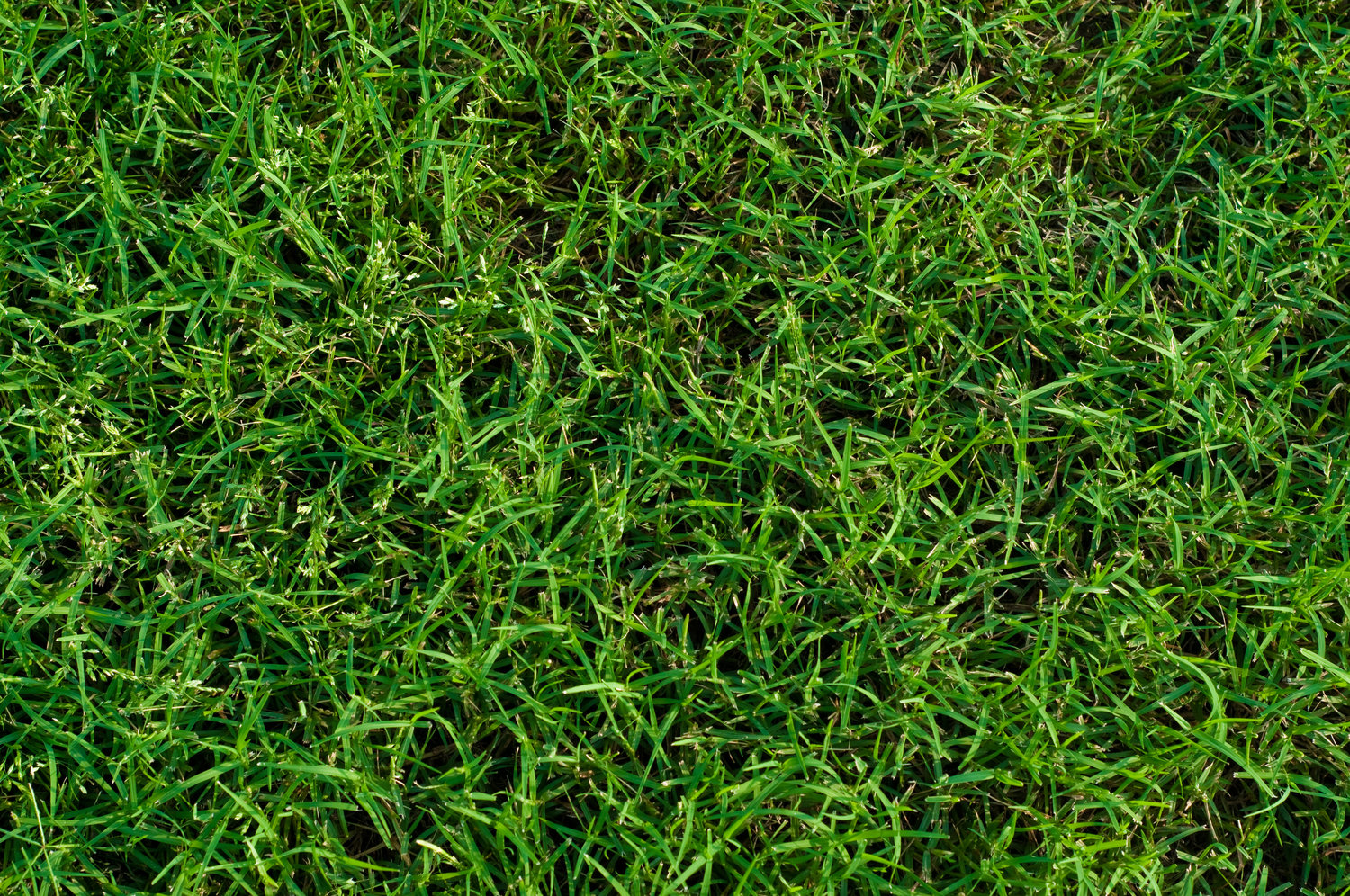Alright, let’s talk about feeding Bermuda grass here in Georgia. It took me a while to get the timing right, because you hear all sorts of things. But here’s what I actually do after messing around with it for a few seasons.
First off, you gotta wait until the grass is really waking up. Don’t jump the gun when you see a few green blades in March. I learned that the hard way one year – fed it too early, and just ended up feeding the winter weeds. Waste of time and money.

So, I wait until things are properly warming up, usually late April or even early May. The key signal for me is when the lawn is about 50% green. That tells me the grass is actively growing and ready to actually use the fertilizer.
Before that first feeding, I try to get a soil test done every few years. Helps figure out what the lawn actually needs. You can get kits from the local extension office. It’s not complicated, just dig up a few samples, mix ’em, and send it off. Tells you if you need lime, or more of this or that nutrient.
Okay, so late April/early May, grass is greening up nicely. I put down my first application. I just use a regular broadcast spreader and follow the instructions on the fertilizer bag for Bermuda grass. Nothing fancy. Water it in afterwards, unless we’re expecting rain.
Then, the main growing season kicks in – June, July, August. This stuff grows like crazy when it’s hot. I keep feeding it roughly every 4 to 6 weeks during this peak time. Some folks do it more often, some less. For me, about once a month or every six weeks seems to keep it looking good without pushing it too hard.
- First Feed: Late April / Early May (when 50% green)
- Summer Feeds: June, July, maybe early August (every 4-6 weeks)
- Last Feed: No later than late August / early September
Now, the stopping part is just as important as the starting. I make sure my last feeding is done by late August or, at the absolute latest, the very beginning of September. You want the grass to start slowing down naturally as the weather cools. Feeding it late into the fall can cause problems, like making it more likely to get hit by winter damage or disease. We want it tough for the cooler months, not tender and full of fresh growth.
So, yeah, that’s my routine. Wait for it to green up well in spring, feed it through the hot summer, and then cut it off early enough in the fall to let it prepare for dormancy. Seems to work well for my patch of Bermuda here in Georgia.




















